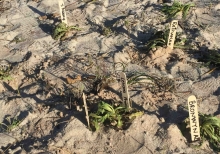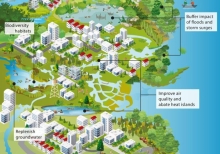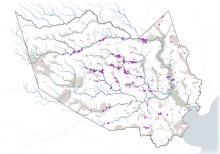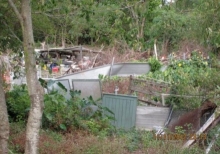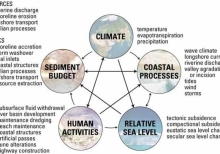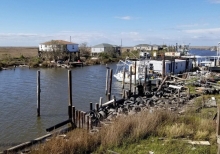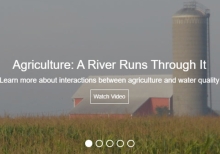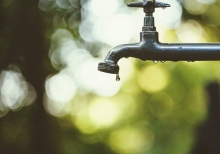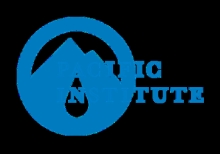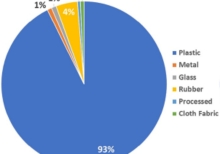Bringing The Vlei Back To Life
The Princess Vlei restoration project Growing Conservation Communities seeks to ignite community led conservation to restore critical habitats in the Greater Princess Vlei Conservation Area. It is projected to encompass the largest community led mass-planting event in the Greater Cape Floristic Region. While planting has been happening for ten years, the scope and rigour of this restoration plan takes the process to a new level." Information about the Princess Vlei Restoration Project can also be found on the Society for Ecological Restoration website
